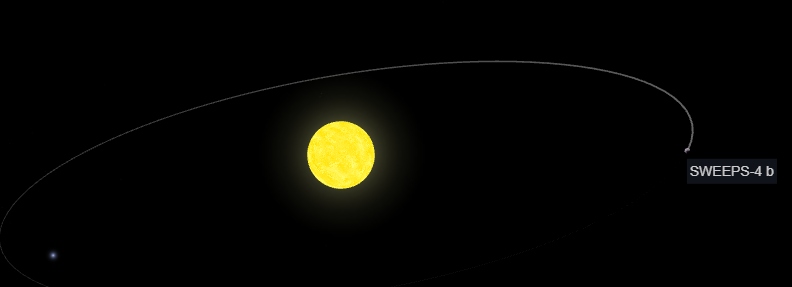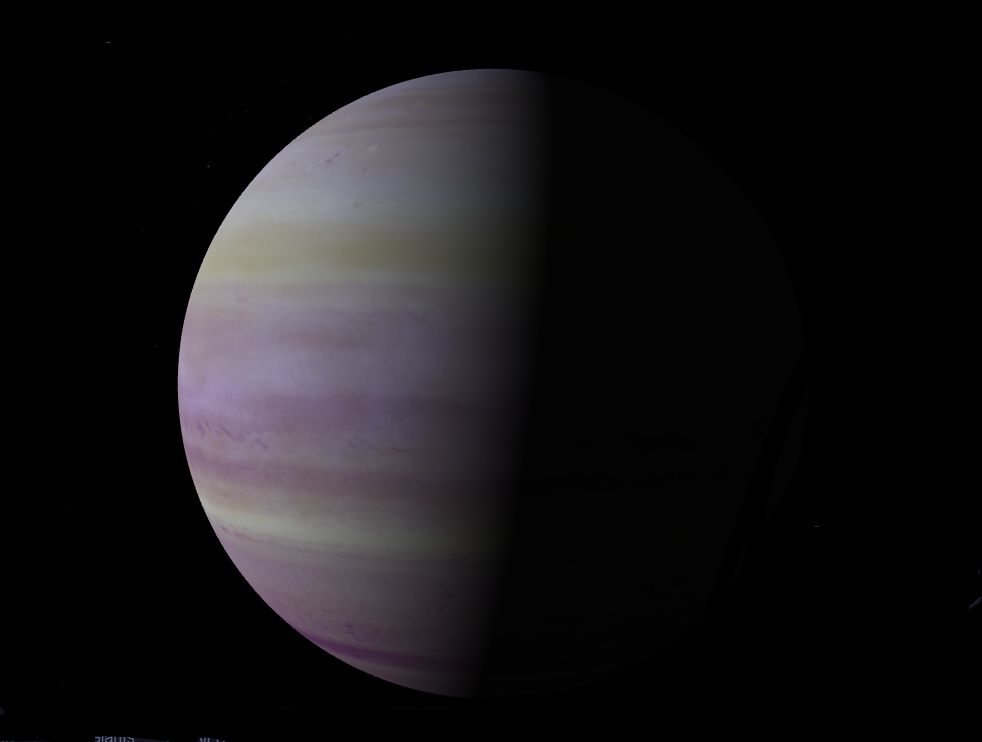The SWEEPS-04 b exoplanet is indeed a significant discovery made during the Sagittarius Window Eclipsing Extrasolar Planet Search (SWEEPS) project. It is located in the constellation of Sagittarius approximately 27,710 light years away, making it the most distant exoplanet ever discovered. Here are some key points about SWEEPS-04:
Discovery
SWEEPS-04 b was discovered in 2006 as part of the SWEEPS project, which aimed to search for transiting exoplanets in the Sagittarius Window, a dense field of stars near the center of our Milky Way galaxy.
Characteristics
SWEEPS-04 b is a gas giant exoplanet, similar in size to Jupiter but with about twice the mass. It orbits very close to its host star, completing an orbit in just 3.3 days. Its close proximity to the star means it is likely a hot Jupiter, a type of gas giant that orbits very close to its star and experiences high temperatures.
As a hot Jupiter, its atmosphere is likely dominated by hydrogen and helium, with trace amounts of heavier elements such as water vapor, methane, carbon dioxide, or other complex molecules. These gas giants typically have thick, extended atmospheres due to their proximity to their star.


Transit Method
SWEEPS-04 b was detected using the transit method, which involves observing the periodic dimming of a star’s light as an exoplanet passes in front of it. By measuring the timing and depth of these dips in brightness, astronomers can infer properties of the exoplanet, such as its size, orbital period, and sometimes its atmosphere.
Importance
This extrasolar planet is significant because it was one of the first to be discovered through the SWEEPS project, which provided valuable insights into the population of exoplanets in the crowded star fields near the center of our galaxy. Its discovery helped expand our understanding of exoplanet formation and the diversity of planetary systems.
Observation
Sweeps-04 b is impossible to observe with amateur instruments. Even it’s host star, Sweeps J175902.67−291153.5, having an apparent magnitude of 12.4, typically requires a large telescope for observation, but it’s on the edge of what is practical for many amateur astronomers.
Located in the constellation of Sagittarius, the host star is best observed during the winter months in the Southern Hemisphere, from June to September.



